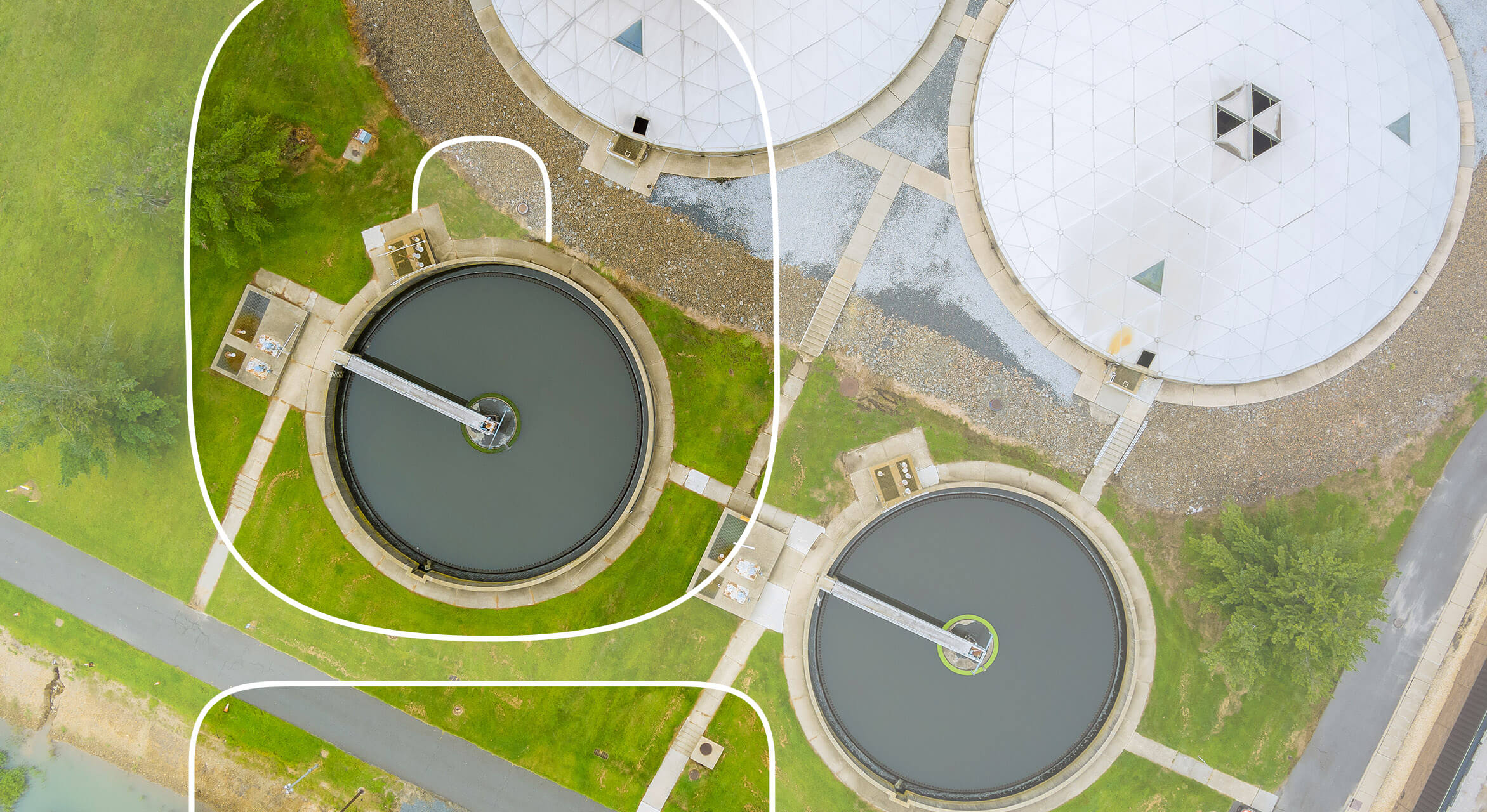Understanding Wastewater Treatment Processes and Their Environmental Impact
The intricacies of wastewater therapy processes play a crucial role in mitigating ecological obstacles associated with water air pollution. Each phase, from initial to advanced therapies, is made to address certain contaminants, inevitably guarding both public health and wellness and aquatic communities.
Overview of Wastewater Treatment
How is wastewater changed into a safe resource for the setting? Wastewater therapy is an essential procedure created to get rid of contaminants from used water, therefore safeguarding public health and wellness and shielding environments. This process starts with the collection of wastewater from property, industrial, and commercial sources, which is then directed to treatment centers.
At these centers, various physical, chemical, and organic techniques are used to deal with the wastewater. First screening eliminates large debris, complied with by sedimentation to separate heavier solids. Subsequently, biological therapies, such as triggered sludge processes, utilize microbes to damage down raw material. These techniques not just minimize contaminant levels however also promote the recuperation of useful nutrients.
The dealt with effluent can be safely released right into all-natural water bodies or recycled for irrigation and commercial purposes, advertising source conservation. Furthermore, the therapy procedure produces biosolids, which can be repurposed as fertilizers or dirt modifications, further enhancing sustainability.
Stages of Therapy Processes
The wastewater therapy procedure typically includes three primary phases: initial, main, and additional therapy. Each stage serves an unique function in decreasing the toxin lots and ensuring the effluent meets environmental criteria prior to discharge.

The main therapy phase focuses on the physical separation of put on hold solids from the wastewater. Through sedimentation, larger particles resolve at the end of sedimentation containers, creating sludge, while lighter products, such as oils and greases, float to the surface area and are skimmed off. This process significantly reduces the organic and not natural lots in the wastewater.
Second treatment is a biological procedure targeted at more lowering the focus of organic issue. Various techniques, consisting of activated sludge systems and trickling filters, use bacteria to metabolize natural pollutants. This phase is vital for attaining the required biochemical oxygen demand (FIGURE) reduction, ultimately resulting in cleaner effluent ready for discharge or more therapy. Each phase is vital in safeguarding ecological and public health and wellness.

Advanced Therapy Technologies
Following the second treatment processes, advanced treatment modern technologies play an essential function in more boosting the quality of treated wastewater. These innovations are made to eliminate residual impurities that are not properly eliminated throughout key and second treatments, making certain the effluent meets rigid governing requirements.
Amongst the commonly used sophisticated treatment methods are membrane layer purification, reverse osmosis, and advanced oxidation procedures. Membrane filtration, including microfiltration and ultrafiltration, works in dividing fine bits, virus, and colloids from the water (Wastewater). Reverse osmosis makes use of semi-permeable membranes to eliminate dissolved solids, leading to premium water appropriate for numerous applications
Advanced oxidation processes (AOPs) employ strong oxidants to break down organic toxins, including pharmaceuticals and individual treatment items that are resistant to standard treatment. These approaches boost the biodegradability of complex substances, facilitating their elimination.
Another significant modern technology is making use of organic nutrient removal processes, which particularly target nitrogen and phosphorus, avoiding eutrophication in getting water bodies. On the whole, innovative treatment innovations are crucial for accomplishing higher degrees of filtration, promoting water reuse, and safeguarding public wellness while resolving the challenges related to wastewater administration.
Environmental Advantages of Therapy
Various ecological benefits emerge from reliable wastewater treatment processes that contribute to ecosystem wellness and sustainability. Mostly, these procedures substantially decrease the release of hazardous toxins right into all-natural water bodies, which assists keep marine communities. By removing impurities such as hefty metals, nutrients, and pathogens, dealt with wastewater minimizes the danger of waterborne illness and promotes biodiversity in marine environments.
Additionally, wastewater therapy facilities commonly use advanced innovations that enable water recycling and reuse. This practice not only saves freshwater right here resources but likewise reduces the need on natural water materials. Improved nutrient elimination from wastewater can likewise stop eutrophication, a process that causes algal blossoms and succeeding oxygen exhaustion in marine systems.
Furthermore, effective treatment procedures can decrease greenhouse gas exhausts, particularly methane and laughing gas, which are often launched throughout neglected wastewater disintegration. By recording and using biogas from anaerobic digesters, centers can convert waste into renewable resource, consequently adding to a reduction in fossil gas reliance.
Obstacles and Future Fads
While the ecological advantages of wastewater treatment are clear, a number of challenges persist that hinder optimum end results in discover this this area. One significant problem is maturing infrastructure, which typically brings about inadequacies and increased operational prices - Wastewater. Lots of treatment plants were developed years earlier, and their capabilities do not straighten with modern-day demands, that include more stringent regulative standards and greater quantities of wastewater due to urbanization

Looking in advance, there is an expanding emphasis on source healing and round economy concepts within wastewater therapy. Developments such as anaerobic food digestion, which can create biogas, and advanced purification modern technologies are obtaining grip. These techniques not just improve therapy performance but likewise advertise sustainability.
Ultimately, attending to these obstacles needs cooperation amongst stakeholders, investment in modern technology, and a dedication to ongoing research study. By accepting these trends, the wastewater treatment sector can advance to fulfill the demands of a changing environment look at this site and society.
Conclusion
In final thought, wastewater treatment processes play a crucial function in boosting environmental quality and public health and wellness. The multi-stage therapy framework, paired with sophisticated innovations, properly mitigates air pollution and advertises sustainable water monitoring.